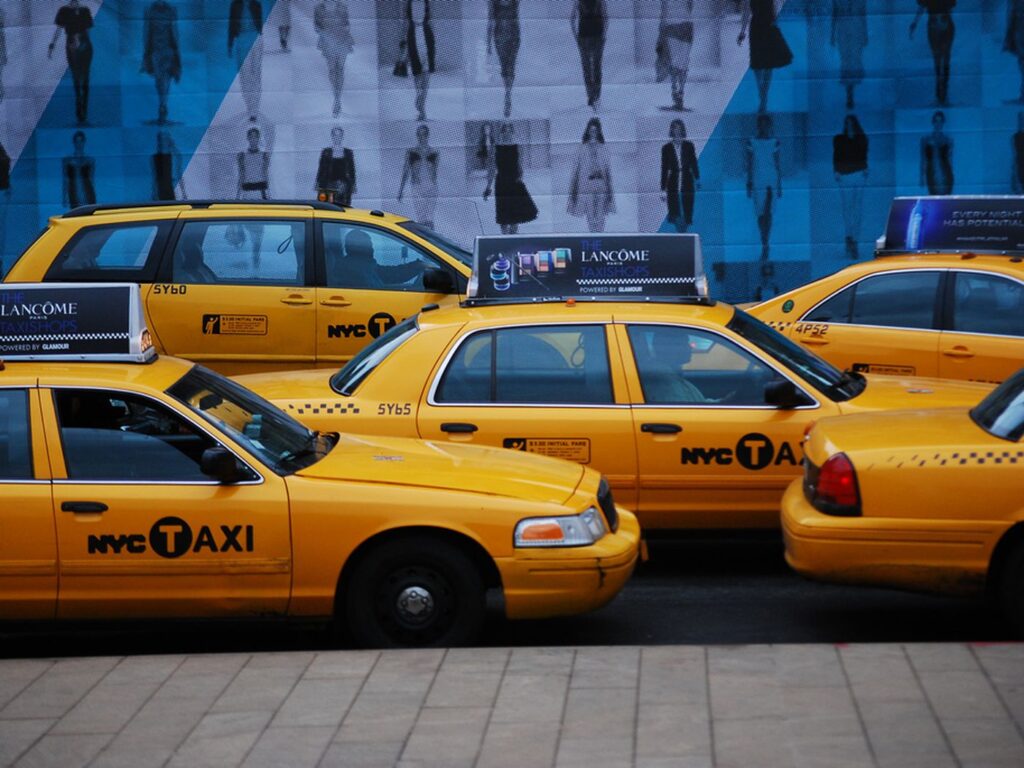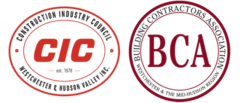Congestion Pricing Program Post Early Advances: MTA
NEW YORK—The congestion zone pricing program is gaining supporters as it removes vehicles, improves travel time and creates new capacity on city roads. Initial signs of success were seen within the first two weeks after the program was switched on. An immediate decrease in traffic volume—up to 43,000 fewer vehicles—was recorded in Manhattan’s central business district.
Now six weeks after the Jan 5. launch of tolling plan, the MTA has reported that an average of 490,000 vehicles enter the Central Relief Zone (CRZ) on a daily basis. An additional 63,000 travel daily through the CBD using toll-exempt roadways. Under the projections, an average of 583,000 drivers would enter the toll zone each day. That could be the difference between flowing traffic and gridlock, people in Manhattan have reported.
MTA officials reported a wealth of early data confirming what many drivers have already noticed—a noticeable drop in congestion since the pricing plan took effect.

“Before the start of congestion relief, talk of lawsuits and doubts dominated the conversation, but now it’s the undeniably positive results we’ve been seeing since week one,” MTA Chair and CEO Janno Lieber said. “Better bus service, faster drive times and safer streets are good for all New Yorkers.”
In recent weeks, MTA data shows more than one million fewer vehicles entering the Congestion Relief Zone, resulting in improved travel time and shorter commutes. Other measurements released by MTA show subway and bus ridership on the rise, with express bus ridership saving up to 10 minutes on travel time.
The New York City Taxi and Limousine Commission weighed in this week on the movement of Yellow Cabs in the central business district. The TLC reported that during a one-week period, there were 511,376 taxi trips made in the CRZ compared to 461,821 during the same period in 2024.
Though it is only based on one week’s worth of available data, TLC reported the increase is a positive sign that congestion pricing’s ongoing rollout, which charges vehicles a base toll of $9 to enter Manhattan south of and including 61st Street, is becoming part of the ever-evolving city culture of New York. Since the toll plan charges taxi riders a 75-cent surcharge, many cab drivers expressed concern that the charges would negatively impact their ridership. With published ridership gains since the program began, those misgivings are diminishing.
“The incentive of going into the CBD, which we know from initial data, is that you can get trips faster, you can move through the CBD,” TLC Commissioner David Do said. “On average, before congestion pricing for a long period, the speeds of the congestion-relief zone were much slower. So if you can get passengers to your destination just a little bit quicker, it means you get a little more free time now to search for that next fare instead of waiting in traffic.”
What Drivers/Riders are Saying About Their Faster Commutes
- Inbound trip times on all Hudson and East River crossings are now 10% to 30% faster or more than they were in January 2024.
- Drivers crossing via the Holland Tunnel are experiencing the most improved daily time crossings, with a 48% reduction on average during peak morning hours.
- The Williamsburg and Queensboro Bridges are both experiencing an average of 30% faster trip times.
- Drivers on the Long Island Expressway, Flatbush Avenue, NJ 495 and other roads leading up to crossings have been seeing improved speeds.
- Data from TRANSCOM also showed that drivers in the CRZ are experiencing travel time improvements especially during afternoon peak hours with reductions as high as 59%.
*TRANSCOM provided data to the MTA saying how drivers have been experiencing much faster commutes.
Published: February 13, 2025.
